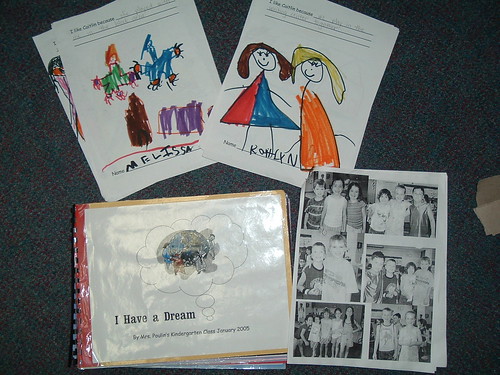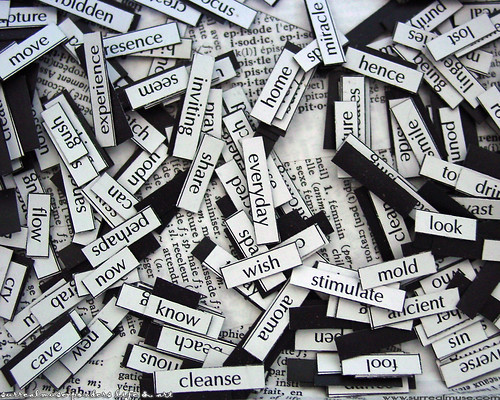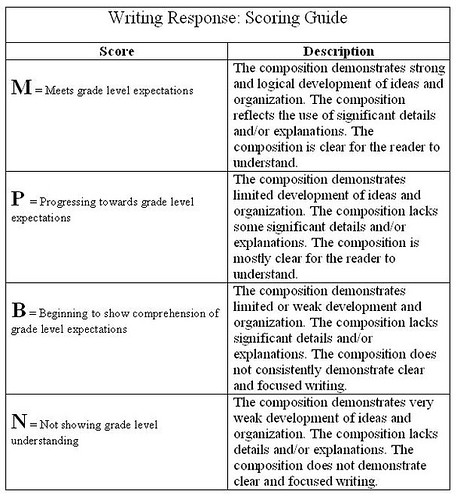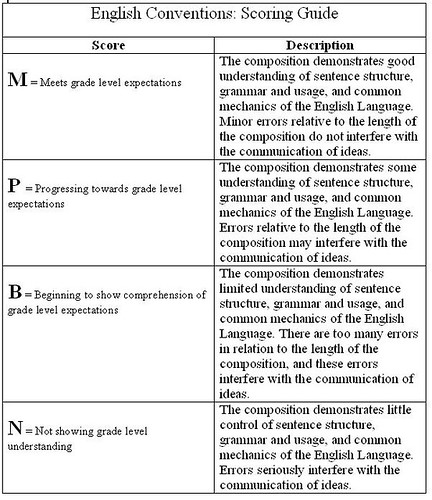The other day, I saw a notice that mentioned that the English Companion Ning space, started by Jim Burke, now had more than 20,000 members. My first thought is: that’s a whole lot of English teachers in one place. It reminds me of the first Ning I ever was part of — Classroom 2.0, created by Steve Hargadon — and the growth that took place there over fairly a short period of time. That site now has more than 53,000 members. Those are like small cities of teachers.
In both cases, the size of the community has come to dwarf my interest in the sites, and I mostly have dropped out of both of them. The very elements that I initially liked about the two communities — the ability to connect with other teachers, to follow threads and learn from examples, to share and gather resources — has become less and less like discovery there, and more like a navigational chore. I become overwhelmed by sheer numbers and feel like a little pebble dropping into the ocean when I go there, so I don’t anymore. Which is not to say that neither site has value — I still tell folks to head to both for their first forays into networking. They just don’t have value for me.
Here’s what I like: a smaller-scale community that experiences slow, but steady, growth. A Ning site that I facilitate with my friend Bonnie Kaplan for teachers in the National Writing Project still feels like a home for me as a writer and teacher. We have a little over 400 teachers, but we all have connections to the National Writing Project. We get a few new members each month, with more at the end of each summer, and many folks join us in weekly writing activities. I still know and write with many of the original members of the network.
It reminds me of a side conversation that I took part in at the National Writing Project Annual Meeting, where we were talking about the “ideal size” of a networking space, where it is small enough to have connections with others and large enough to have enough diverse thoughts to make it interesting. We settled on something around 500 people for a network. I still stand by that number.
Ning has gotten a lot of grief in the past year as it moved from a free model to a paid one, but they do keep adding more and more features that allow a manager of site to make it their own. You can do as much or as little as you want to make the Ning site welcoming and reflective of your community, which in turn supports the work of the members of the community. That’s how design works hand-in-hand with nurturing a networking site.
Which brings me to another online forum that I am now taking part in with the Massachusetts New Literacies Teacher Leadership Initiative. We’re moving some discussions into the online portal (MassOne) of the Massachusetts Department of Elementary and Secondary Education. I know all the reasons for using the MassOne site: it keeps discussions under the banner of the state, which has graciously funded the year-long initiative; it archives our discussion; it is a place where every teachers in our state has an account.
But I personally find the site unfriendly, from a design and usability standpoint, and I truly wish we could have launched our own stand-alone space that is easier to use and more design-friendly.Here are some of the things that bother me:
- First, if I make a thread or a discussion, I can’t edit or delete it once it is posted. I made this mistake the other day, as one of the leaders of a forum, and had to email another teacher leader, who had to email a forum manager at the state education offices. That seems awfully inefficient to me. And I was so frustrated that I could not make any changes to my post. It was as if I had tossed a badly written letter into a bottle and tossed it into the ocean, only to remember I forgot to put my name on it. Too late. Your words are lost.
- Second, the interface feels like it was designed in the mid-1990s and was never revamped to keep up with the times. There’s something to be said for a clean look with little flash but this is extreme. It’s like writing in a virtual version of the dentist’s office. At our Ning space, we try to keep things simple. A good, thoughtful design invites people to write. A friendly look extends a friendly invitation to folks to be part of the community, and giving them some tools to make the space their own provides a path towards ownership, which leads to more interaction within the community. This MassOne has none of that. Zip.
- Third, there does not seem to be any way to change your email for notification updates. As one of the forum leaders, I want to know when folks in my teacher group are posting, so I can respond and nurture the discussion in a timely manner (another element of a good site — quick, thoughtful responses). For me, this means that I have to keep checking my school email as opposed to my personal email. (I suppose this is done to verify that we are all teachers in the Massachusetts system but still, I find it annoying). There is an RSS button in the forum space, and I thought: Perfect! But it didn’t work. Darn it. (And if it did work, the RSS seems to cover the entire MassOne system, not just my forums. How is that helpful? It’s just a stream of information that I would still have to wade through).
- Fourth, there is no real way to personalize myself in the space. I can choose an avavatar icon, but only from the preset ones. I can’t upload anything — no images or screenshots or anything — and the threads only show my author-name as a shortened version of my email. Talk about impersonal. A good, nurturing space gives users the options for staking out some ground. I don’t want to be one of the masses.
- Finally, the fact that we are writing under the Department of Educational umbrella means that folks may be guarded, and might fear honesty. When you know high-level state folks might be wondering what we are up to and can quickly check in over your shoulder, you pull some punches (if you have them).
All that being said, I’m interested to see how this experiment goes. We held an online conference the other day and our teachers are now being reminded of their responsibilities of moving discussions online into the forum space. As of this morning, though, not one of the 20 or so teachers in the group I am facilitating had posted a single thing (of course, it is the start of vacation week).
Peace (in the networks),
Kevin









